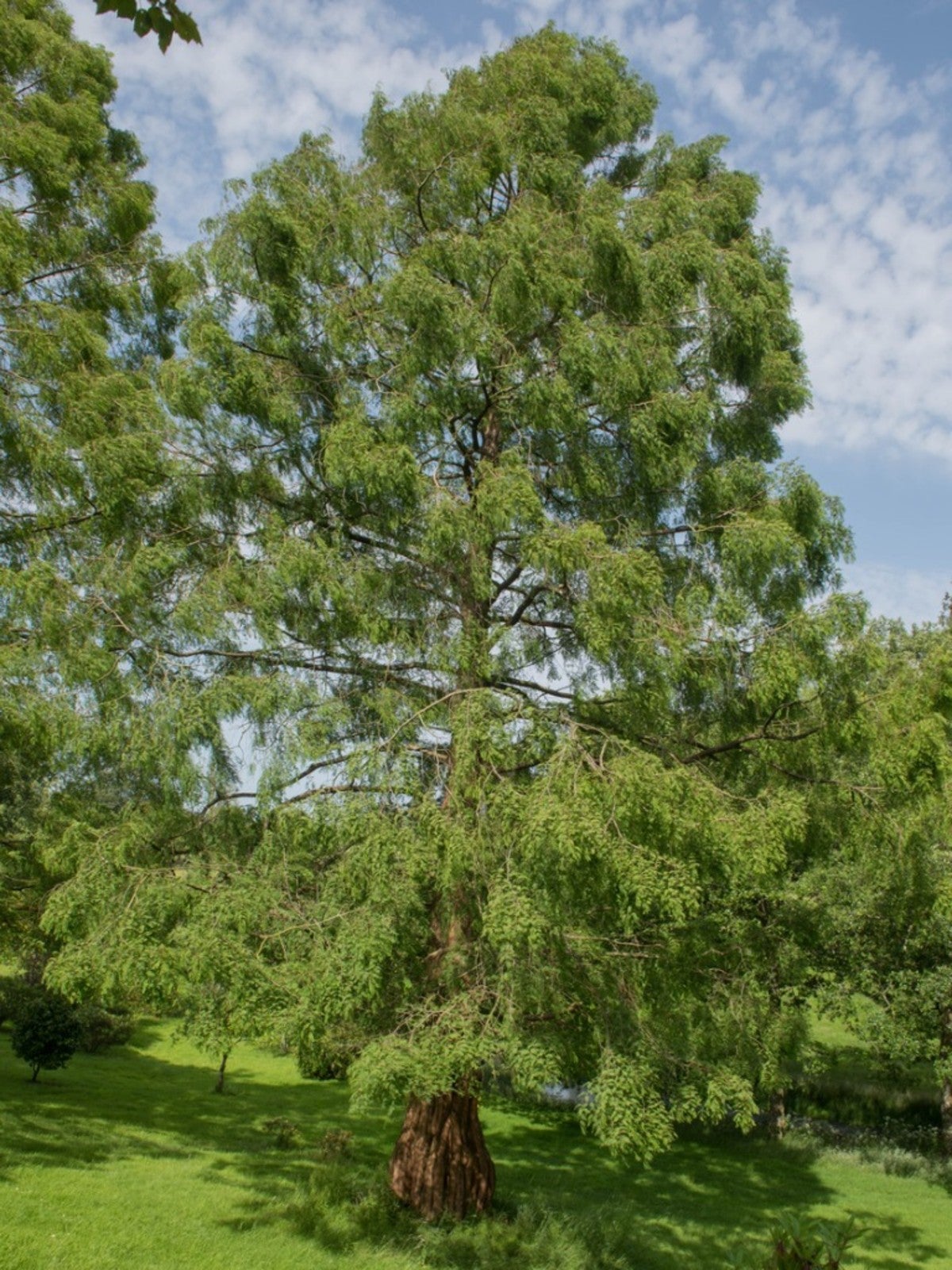Planting Tall Trees - What Are The Tallest Trees You Can Buy


Very tall trees are the original sky scrapers. And walking through forests of high trees is, to many, a magical, almost spiritual experience. It makes perfect sense that a property owner with considerable space would want to grow tall trees.
Planting tall trees does more than just provide you with esthetic delight. It can provide a wind block, create privacy and encourage wildlife. Read on for a list of the world’s tallest trees as well as tips for choosing tall trees for your landscape.
Very Tall Trees
The tallest trees on the planet may or may not be trees you want in your landscape. And some of them have very specific cultural requirements. The coastal redwood tree (Sequoia sempervirens) is acknowledged as the tallest tree species on earth, for example, growing well over 300 feet (100 m) tall. But these magnificent trees need a fog-cooled coastal climate to thrive.
Another of the high trees is yellow meranti (Shorea faguetiana), also topping 300 feet (100 m) in height. It is native to Sabah, Malaysia, and is considered to be the tallest flowering plant in the world. Other members of the “very tall trees” clan are mountain ash (Eucalyptus regnans), coast Douglas fir (Pseudotsuga menziesii var. menziesii), northern red oak (Quercus rubra) and the Sitka spruce (Picea sitchensis).
Planting Tall Trees
When you want to grow tall trees, you may not want to pick the very tallest ones in the world to plant. While it’s interesting to think about the very tallest trees you can buy, it is more sensible to consider your climate and landscape.
Start with your hardiness zone. If a very tall tree does not thrive where you live, it definitely should not be on your list. But there are very likely tall trees that would do just fine. There are lots of reasonably high trees that might work, including beech, maple, oak, elm and sycamore.
How to Grow Tall Trees
If you live in a cold hardiness zone, you might want to consider planting tall trees like elm. You can plant American elm in very low hardiness zones from USDA zones 2 through 9. American linden and American beech grow in zones 3 through 8. Buy either one bare root and plant them in the fall or springtime.
Sign up for the Gardening Know How newsletter today and receive a free copy of our e-book "How to Grow Delicious Tomatoes".
For warmer winter climates, consider gingkos that grow in zones 3 through 9. These amazing trees offer a beautiful golden fall display. The bald cypress tree can thrive in zones 4 through 10. Each has its own cultural requirements so do your homework before making a selection

Teo Spengler is a master gardener and a docent at the San Francisco Botanical Garden, where she hosts public tours. She has studied horticulture and written about nature, trees, plants, and gardening for more than two decades, following a career as an attorney and legal writer. Her extended family includes some 30 houseplants and hundreds of outdoor plants, including 250 trees, which are her main passion. Spengler currently splits her life between San Francisco and the French Basque Country, though she was raised in Alaska, giving her experience of gardening in a range of climates.